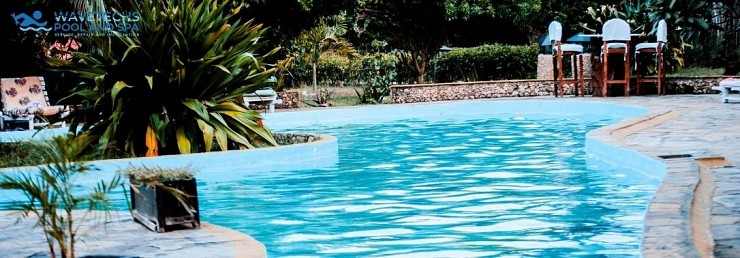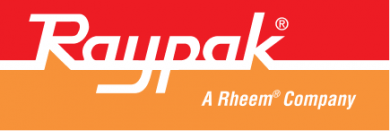
Undoubtedly, dipping into a saltwater pool on a Texas afternoon is a toe-curling delight! There’s a reason saltwater systems are gaining ground in Haslet—the water feels softer, no chlorine sting, and easier upkeep. However, you need water chemistry balance and care to keep relishing the delicious afternoon dips. Your pool’s salt generator can suffer when the water chemistry drifts off course. That means more than cloudy water and pool salt system repairs. Thankfully, with professional pool service in Haslet by experts like WaveTechs Pool and Spa, your pool oasis can stay crystal clear.
Understanding Pool Salt Systems
Traditional pools depend on manual chlorine additions, but a saltwater pool creates its own sanitizer. The system’s generator turns salt (sodium chloride) into chlorine through electrolysis. The chlorine quickly dissolves into the water and sanitizes the pool. The magic happens when it recombines back into salt—the cycle continues in one elegant loop! But you need your pool chemistry on point for a smooth run for your salt generator.
Drifts in pH or salt levels make the generator work harder to produce chlorine. This strain can cause your salt cell to struggle. The sweet spot for free chlorine in a saltwater pool is typically between 1 and 3 parts per million (ppm). Top up with liquid chlorine to help the system catch up if you notice a lag in chlorine output. Or simply call WaveTechs for the best pool service in Haslet!
The Hidden Threat: Imbalanced pH or Alkalinity
Highly alkaline pool water or high pH is the beginning of limescale—the crusty white mineral deposits on metal fittings and cell plates inside your salt generator. Scale buildup is ugly, and it blocks the flow of electricity that drives chlorine production in your salt pool. This ultimately reduces chlorine output and forces your salt generator to overwork. It also leads to unscheduled pool salt system repairs.
The fix? Stay regular with testing. Keep your salt pool pH between 7.4 and 7.6 and total alkalinity around 80–120 ppm to nip most pool problems in the bud. Try rinsing off limescale or call a reliable pool service in Haslet for a larger limescale infestation.
Calcium & Stabilizer Levels
Calcium hardness is another balancing act. Too little calcium and your water becomes corrosive, eating away at metal components. Too much, and scale returns with a vengeance. Aim for 200–400 ppm and adjust as needed.
And don’t forget salt pool stabilizer(Cyanuric acid). Sunlight burns through your chlorine at low stabilizer levels. Too much cyanuric acid will cause chlorine to become sluggish and ineffective. Aim for efficient chlorination and longer cell life with the correct stabilizer levels.
Routine Salt Pool Testing and Expert Upkeep
Testing your pool water once or twice a week is the best defence against expensive repair surprises. Keep an eye on four essentials when testing:
- pH (7.4–7.6)
- Free chlorine (1–3 ppm)
- Salt level (2700–4500 ppm)
- Calcium hardness & stabilizer levels
A bit of pool salt or pH reducer will help for out-of-range numbers. Sometimes your pool needs a professional touch—recurring scale or chlorine hiccups require expert service and pool salt system repair.
Professional pool specialists can spot underlying electrical or chemical issues and deep clean your salt generator. They’ll also inspect your salt system for early wear signs. Seasoned companies like WaveTechs Pool and Spa have regular maintenance plans to keep tabs on your pool’s chemistry for you.
Wrapping Up
Proper water chemistry is essential for protecting salt systems and avert unnecessary pool salt system repairs. So, take a few minutes to check your pool water chemistry and ensure the occasional professional inspection and pool service in Haslet. Relish your sparkling saltwater pool and leave the upkeep and hard work to WaveTechs!









